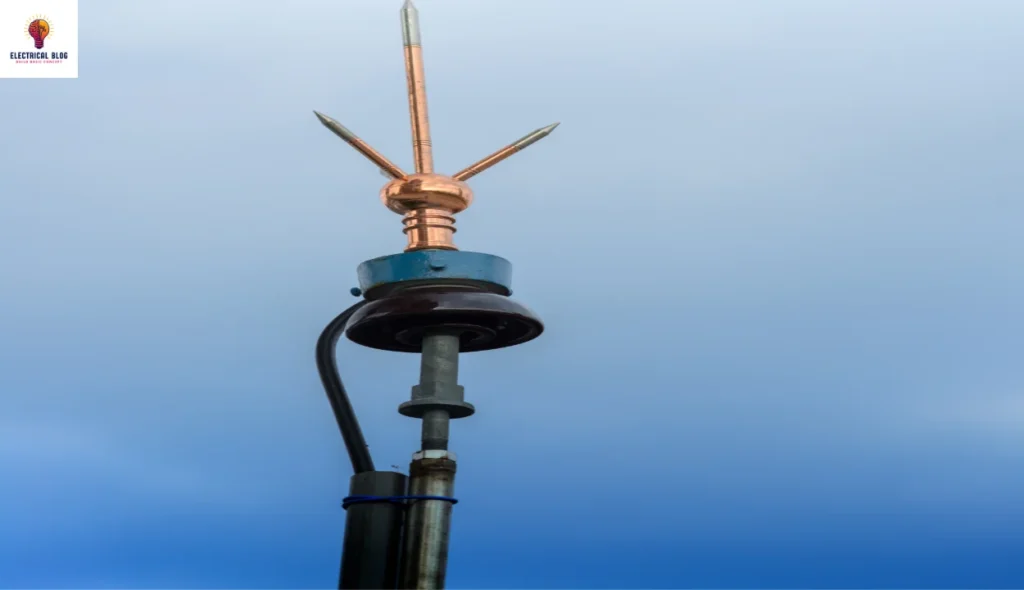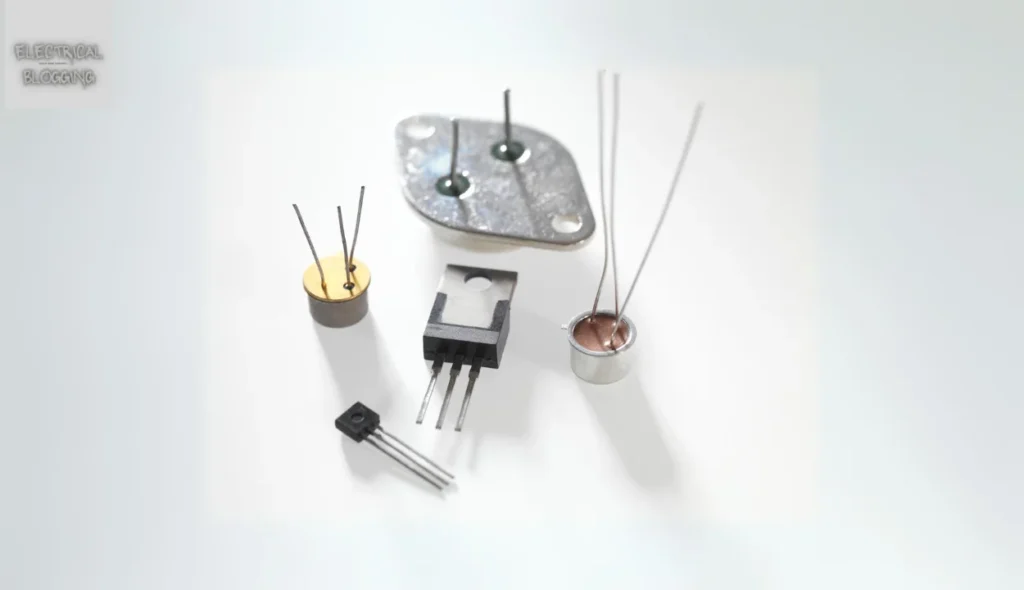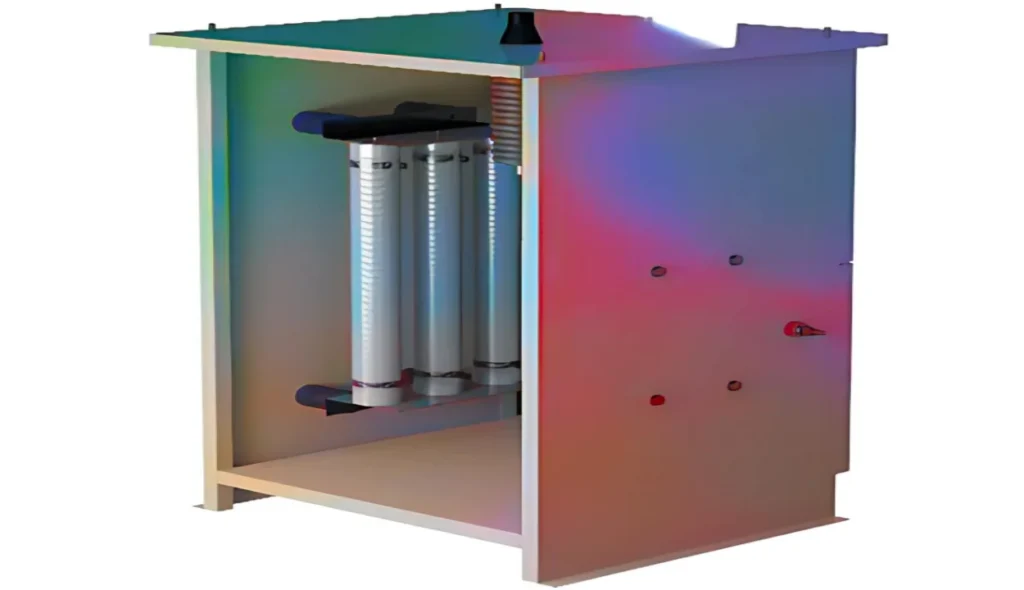Introduction to Lightning Arresters
When lightning strikes, it releases high-voltage energy that can damage buildings, electrical systems, and essential equipment. A lightning arrester is a protective device that is installed to mitigate this risk by diverting the sudden surges safely to the ground. By doing so, it helps in preventing damage to appliances, maintaining safety, and ensuring the continuity of the power supply. The working principles of a surge diverter rely on its ability to handle traveling waves and redirect abnormally high voltages away from sensitive components. This article discusses the characteristics, types, and key details of how these systems operate.
A comprehensive understanding of lightning arresters reveals their crucial role in substations and structures, where they function in parallel with other protective systems. These arresters are strategically installed between the line and earth, ensuring the supply remains unaffected even during intense electrical phenomena. Their functioning is designed to protect substations and connected equipment, minimizing damage caused by unpredictable waves. Proper placement of these devices ensures that the electrical network stays stable and efficient. Whether in urban or industrial settings, lightning arresters play an irreplaceable role in protecting infrastructure.
What is a lightning arrester?
A lightning arrester is a protective device that prevents electrical damage by controlling sudden high-voltage surges caused by lightning strikes. It is typically installed at a junction where the power line meets a building or critical equipment. When a surge exceeding the rating occurs, the arrester bypasses the current safely to Earth, shielding the circuit and reducing electrical effects. This ensures the system remains stable under different operating conditions and continues functioning without disruption.
The working principle of a surge arrester is based on providing a low-resistance path for discharge when sudden voltage spikes occur. It consists of a grouping of series gaps designed to withstand maximum overvoltage levels under normal conditions. If nearby strikes or transients cause an unexpected increase in voltage, the device allows excess current to be diverted, preventing the failure of sensitive appliances and electrical wiring. Once the potential threat subsides, the arrester returns to its normal resistance state, ready for future surges.
A surge diverter is especially important in places where striking waves are common, such as industrial areas with extensive circuit networks. It protects key equipment from the harmful impact of unpredictable surges while keeping the electrical system secure. By maintaining resistance and handling continuously occurring surges, the technical design ensures long-term reliability. Whether in homes or industries, a well-placed lightning arrester plays a vital role in keeping power infrastructure safe.
Lightning Arrester diagram
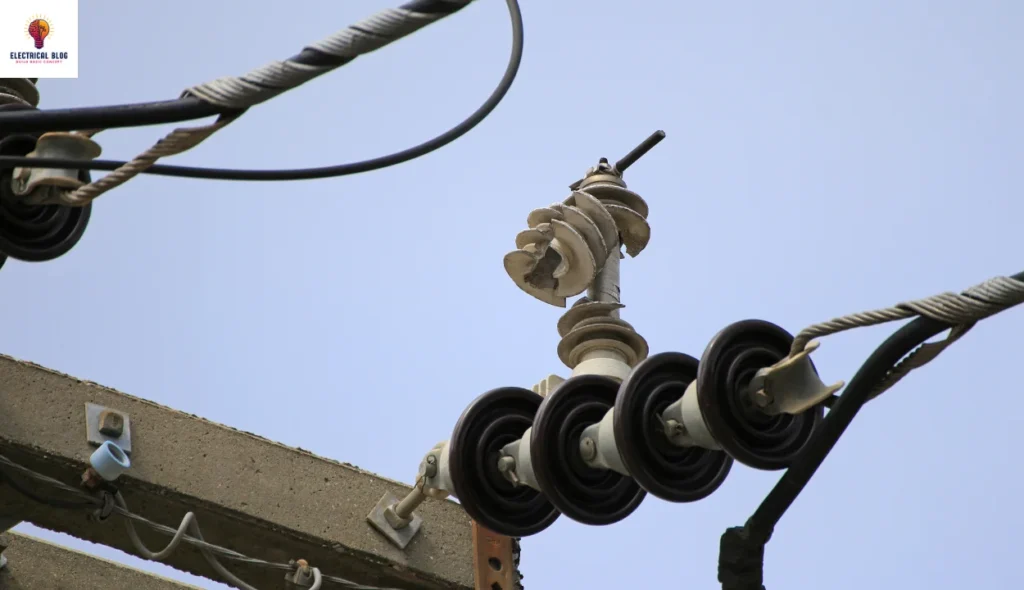
How a Lightning Arrester Works
A lightning-induced surge can cause damaging effects on equipment, but a lightning arrester is designed to handle it. It contains stacks of metal oxide varistors that are connected in series between the line and the ground. Under normal operating conditions, these varistors remain non-conducting and act as a high-resistance barrier. However, when a surge current momentarily raises the voltage beyond the rating, the varistors start conducting. This creates a low-resistance path, allowing the excess charge to be diverted harmlessly to Earth.
As the surge passes, the arrester quickly returns to its non-conducting state, keeping the system protected. This effective mechanism prevents excessive spikes from affecting the protected side of the system. The internal construction is simple, yet it plays a crucial role in preventing failures. Without it, the sudden breakdown of insulation in electrical systems could occur. By ensuring a controlled flow, the arrester works efficiently in high-risk areas, maintaining stable conditions and securing power networks.
Characteristics of an Ideal Lightning Arrester
A good lightning arrester must react rapidly to sudden transient surges, ensuring that the voltage does not exceed safe limits. It should provide a conductive path for the current to safely reach the ground and prevent damage to the electrical system.
The arrester must have high durability, capable of carrying and sustaining multiple discharges without failure. It should also be designed to handle different weather conditions and operate effectively under normal operating conditions.
After a breakdown, the arrester must prevent the continuous flow of power-frequency current by ensuring an instantaneous interruption. The discharge process should be controlled to avoid excessive stress on the line and connected systems.
The arrester should have a spark-over voltage level that aligns with the power system requirements. The choice of arrester depends on several factors, including cost, environmental conditions, and the required reliability.
Different types of arresters are available, and their performance follows specific frequency and voltage levels. Selecting the right one ensures the system functions smoothly, even when abnormal conditions fall outside the expected range.
Location of Lightning Arrester
Arresters are placed on overhead poles to shield transmission lines and distribution circuits from lightning strikes, ensuring a stable power supply.
Pole-mounted and pad-mounted transformers are fitted with arresters to protect the low-voltage coils and prevent overvoltages in electrical systems.
In substations, arresters are installed in switchgear, where circuit breakers and switches limit sudden switching surges and lightning damage.
Motors and generators have arresters in their stator windings, bearing housings, and cable boxes to prevent electrical faults.
In residential and commercial buildings, arresters are placed at the main entrance, where power enters the system for maximum protection.
Communication lines, including telephone and data cables, use arresters at key interfaces to safeguard against switching and lightning surges.
Types of Lightning Arresters
There are twelve types of lightning arresters, each designed to handle different voltage levels and electrical conditions. The Road Gap Arrester and Horn Gap Arrester work by diverting high-voltage surges to the ground using air gaps. The Metal Oxide Lightning Arresters and Valve Type Lightning Arresters are classified as modern solutions due to their reliability in surge protection. The Expulsion Type Lightning Arrester and Impulse Protective Gap are commonly installed near sensitive equipment to prevent damage from sudden lightning strikes. Meanwhile, the Sphere Gap Arrester, Auto Valve Arrester, and Oxide Film Arrester are chosen based on specific factors such as current, environmental conditions, and power system selection.
Road Gap Arrestor
A Road Gap Arrester is one of the simplest types, designed to protect low-voltage lines from sudden high-voltage surges. It consists of two rods that are separated by an air gap, with one rod connected to the power supply and the other grounded. When a surge appears, the gap allows the current to pass, preventing damage to electrical equipment.
The setting of the gap is adjusted to break at a certain voltage, ensuring that excess energy safely reaches the ground. When the fault occurs, the sparks jump across the ends of the rods, guiding the surge away from the system. This method effectively keeps the system protected from dangerous overvoltage conditions.
Multiple-Gap Arrester
A multiple-gap arrester is designed with a series of small metal cylinders, each insulated and separated by air gaps. The first cylinder is connected to the power line, while the last is linked to the ground. The number of gaps is determined based on the voltage level that the system needs to handle.
This arrester is placed strategically to divert high-voltage surges, ensuring safety and preventing damage. The configuration of the gaps allows for effective surge handling, as higher voltages require more gaps. By utilizing this method, electrical systems remain protected and maintain continuity during sudden voltage spikes.
Proper connection and placement of the arrester are essential to ensure reliable protection of the supply. It acts as a safeguard by interrupting excessive voltage, preventing failures in electrical components. With its required design, the multiple-gap arrester effectively protects power infrastructure from sudden overvoltage conditions.
Horn Gap Arrester
A horn gap arrester consists of two horn-shaped metal electrodes that are separated by a small air gap. These electrodes are connected in parallel between the conductor and the ground, ensuring system protection. Under normal voltage, the gap remains insufficient for a spark to jump, keeping the electrical system stable. However, when high voltage occurs, the distance between the electrodes allows a spark to break the gap and provide a safe path for excess energy to flow to the ground. This prevents damage and ensures continuous power flow.
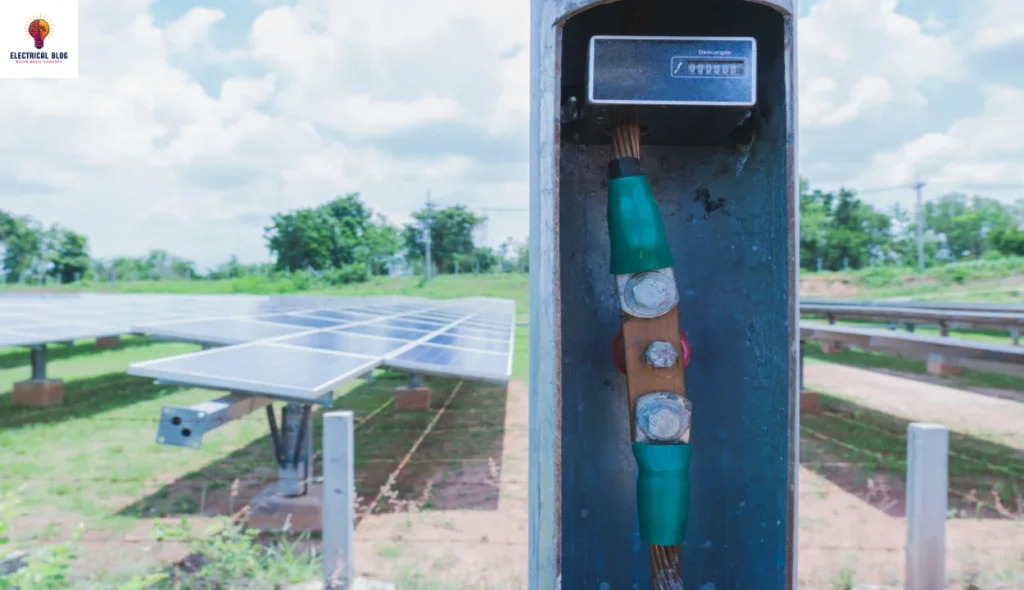
Sphere Gap Arrester
A sphere gap arrester consists of two spheres with a gap between them, where one is connected to the line and the other to the ground. A coil is inserted between the windings of the transformer and the sphere attached to the line. The spacing between the spheres is set so that no discharges occur under normal conditions.
When a high-voltage surge occurs, an arc begins to form and travel upwards as the heated air around it rises. The arc continues to lengthen until it is automatically interrupted, safely stopping the discharge. This device ensures effective protection against sudden electrical surges.
Metal Oxide Lightning Arresters
A modern MOSA is a highly effective arrester that provides superior performance in high-voltage systems. It consists of metal oxide varistors (MOVs) made from zinc oxide, a semiconducting material doped with fine powders. These resistors help absorb excess surge energy, ensuring durability and strong protection.
The manufacturing process involves compressing oxide powder into disc shapes, which are then enclosed in a porcelain housing filled with nitrogen gas or SF6. These gapless diverters eliminate the need for air gaps, making them more reliable. Their base material and processes allow for excellent insulating properties, improving system safety.
ESE Lightning Arrester
The ESE Terminal is an advanced lightning protection device designed to activate earlier than traditional arresters. It works by emitting an upward streamer towards the lightning strike, ensuring a faster response time. This system relies on an electronic circuit and a capacitor that stores and releases impulses when triggered. The effectiveness of the arrester depends on the ΔT triggering speed, which allows it to react before other points within the protection zone.
This Active Air Terminal is capable of discharges that are generated as small emerging electrical impulses. It has different versions with ratings based on Triggering Advance (ΔT), such as 25 µSec, 40 µSec, and 60 µSec. The arrester is placed at a height of 5m or more to optimize coverage over an area up to 107m. As clouds build up charge, the ESE Terminal gets charged, enabling it to direct lightning away from sensitive structures.
Manufactured under the Make in India initiative, this technology enhances protection by effectively transmitting high-voltage discharges. The power of this system lies in its ability to create a controlled zone for safe lightning capture. With its high-end performance and speed, the ESE Lightning Arrester is ideal for safeguarding critical infrastructure.
Maintenance of Lightning Arrester
Visual checks should be conducted regularly to detect cracks, contaminants, or worn-out components that may affect performance.
Periodic inspection is essential to detect leakages, loose connections, or any physical damage that could compromise safety.
Cleaning must be done to remove dust, dirt, and contamination, ensuring the arrester remains properly maintained.
Outdoor arresters should be kept dry and free from moisture to protect them from deterioration and ensure reliability.
Annually inspected arresters help detect potential surge effects, insulation breakdown, and weakening of electrical characteristics.
Five-yearly replacement or refilling of vents in tank-type models is necessary to prevent explosion risks.
Major switching surges can damage the arrester, so monitoring and timely replacement of damaged blocks should be done.
Tests should be conducted after severe lightning events to confirm the arrester’s protective ability and ensure efficiency.
Online dispersion voltage monitoring is an adopted method for critical equipment, detecting early failures before they become costly.
Proper maintenance practices help ensure the arrester remains a long-term investment in system safety and reliability.
Advantages of Lightning Arresters
Safeguards electrical systems by protecting buildings, homes, and substations from lightning-induced surges.
Prevents costly repairs and downtime by reducing the impact of sudden overvoltages on sensitive equipment.
Shields computers, control panels, and other expensive devices from unexpected power surges.
Diverts harmful currents instantaneously, ensuring a continuous power supply without disrupting operations.
Offers whole system protection, unlike relying on the limitations of individual devices.
Reduces wear and tear on industrial machinery, lowering maintenance costs over time.
Available in both outdoor and indoor designs, adaptable to different voltage classes and space constraints.
Helps businesses achieve compliance with statutory safety regulations for over-voltage protection.
Supports a stable operation by keeping conditions normal, even during power fluctuations.
Works in various applications, including industrial, residential, and commercial setups.
Disadvantages of Lightning Arresters
The initial cost of high-quality arresters is high, making installation a costly investment.
Maintenance is required on a regular basis to ensure optimal performance and prevent system failure.
Over time, arresters may degrade, leading to the need for replacement to keep them effective.
They may fail to operate properly during extremely high currents from direct lightning strikes.
Indoor types can be a hassle due to leakage, alarms, and the need to replenish fluids frequently.
Difference Between Lightning Arrester and Surge Arrester
A lightning arrester and a surge arrester both offer protection to electrical systems, but they serve different purposes. A lightning arrester is specialized in preventing direct high-energy strikes from damaging infrastructure, while a surge arrester safeguards sensitive equipment from transient overvoltages. Below is a table highlighting key differences between them.
| Feature | Lightning Arrester | Surge Arrester |
|---|---|---|
| Purpose | Prevents damage by diverting lightning to the ground | Protects sensitive equipment from transients |
| Voltage Level | Handles extremely high voltage | Handles moderate overvoltage conditions |
| Discharge Current | Can handle kiloamperes of current from a direct strike | Typically discharges lower current in industrial systems |
| Response Time | Immediate response to lightning strikes | Slower response but still effective for switching faults |
| Application | Used in power generation, transmission, and distribution systems | Found in communication networks, switchgear, and industrial equipment |
| Location | Installed at the facility entrance or on buildings | Installed at various points within the electrical infrastructure |
| Protection Level | Provides crucial protection against direct strikes | Protects against faults and overvoltage transients |
| Reliability | Designed for long-term reliability in high-risk areas | Helps in maintaining system integrity by preventing failures |
Conclusion
A lightning arrester is a critical device that provides protective measures against harmful surges and overvoltages. It ensures safety by diverting excess energy to the earth, preventing damage to electrical systems. With its applicability across different voltage classes, it is an important solution for homes, industries, and substations.
Proper maintenance and understanding of suitable types help maximize its cost-effective benefits. Installing these shields is mandatorily recommended to safeguard infrastructure and expensive equipment. By leveraging this simple yet powerful tool, we can protect against nature’s fury and maintain a stable electrical system.

